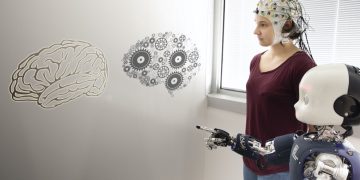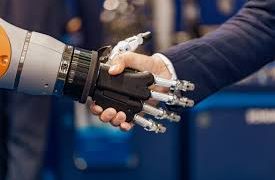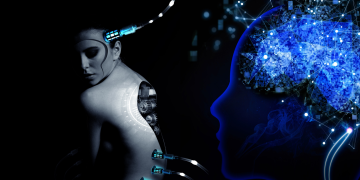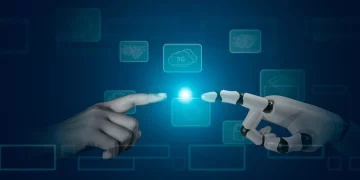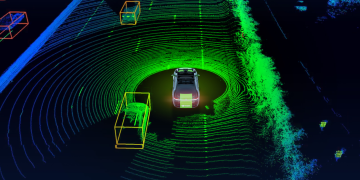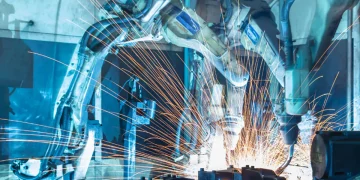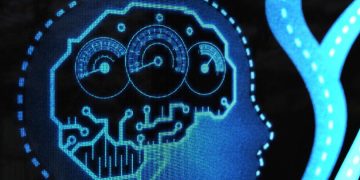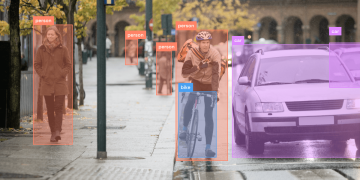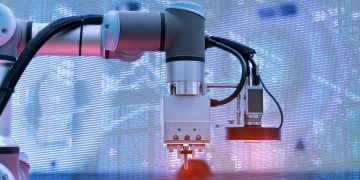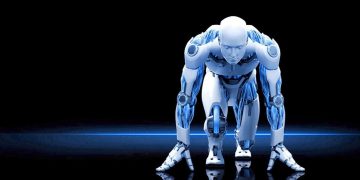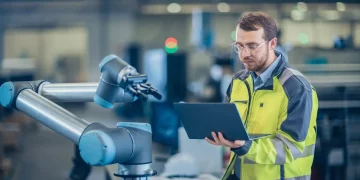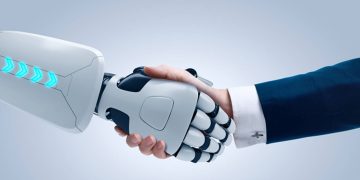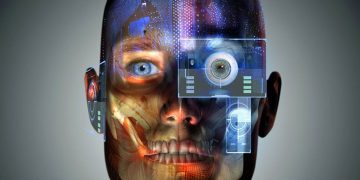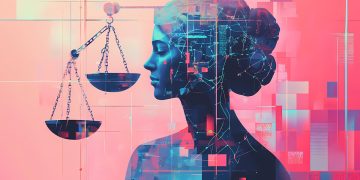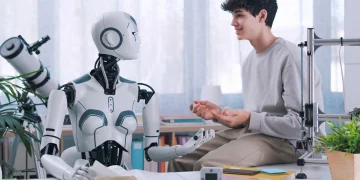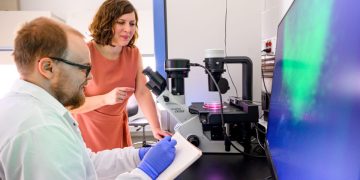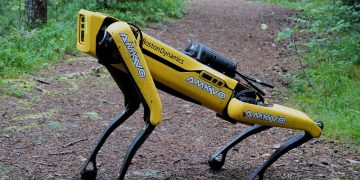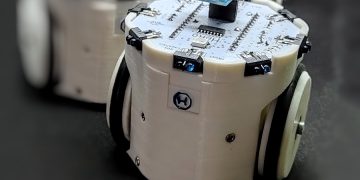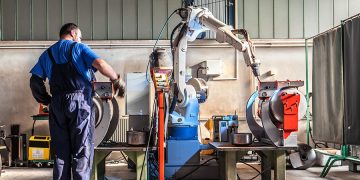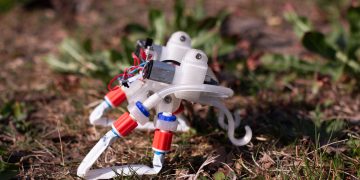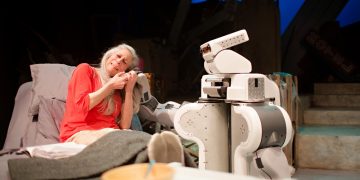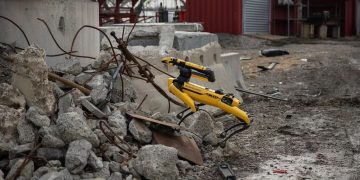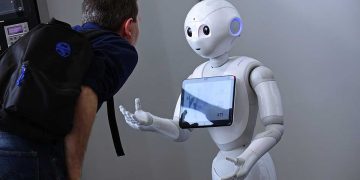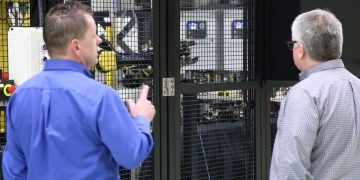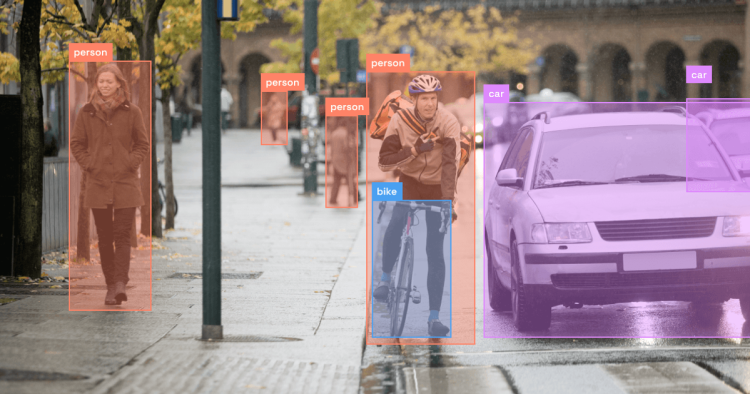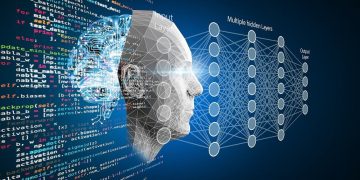Computer vision, a rapidly advancing subfield of artificial intelligence (AI), enables machines to interpret and understand visual data from the world around them. Among the most crucial tasks in computer vision are image recognition and object detection, both of which form the backbone of many modern AI systems. These technologies empower machines to recognize objects, people, and scenes, transforming industries such as autonomous driving, healthcare, manufacturing, security, and entertainment.
This article delves into the intricacies of image recognition and object detection, exploring their fundamental principles, technological evolution, practical applications, and future trends. By understanding these core tasks, we can gain insights into how they power many of the most innovative AI systems today.
Introduction: The Significance of Image Recognition and Object Detection in Computer Vision
Computer vision refers to the capability of machines to “see,” interpret, and make sense of visual information, just as humans do. Two of the most critical tasks within computer vision are image recognition and object detection:
- Image recognition involves identifying and classifying objects or scenes within a single image or video frame. For example, determining whether an image contains a dog, a cat, or a car.
- Object detection, on the other hand, goes one step further, not only identifying objects in an image but also localizing them by marking their boundaries with bounding boxes. This is a more complex task because it involves both recognition and the spatial positioning of objects within an image.
Both of these tasks are foundational to many advanced AI applications. For instance, autonomous vehicles use image recognition and object detection to identify pedestrians, vehicles, road signs, and obstacles. In healthcare, medical image recognition helps doctors identify tumors or fractures in X-rays, MRIs, and CT scans.
Understanding Image Recognition
At its most basic level, image recognition is the task of identifying a specific object, person, or scene from an image or a sequence of images. Historically, this task was tackled using traditional machine learning methods, but the advent of deep learning has dramatically improved the accuracy and efficiency of image recognition systems.
1. Traditional Approaches to Image Recognition
Before deep learning, image recognition relied heavily on handcrafted features. Algorithms would extract certain features from an image—such as edges, corners, and textures—and use these features to identify patterns or match them to a predefined database. Techniques such as Support Vector Machines (SVM) and k-Nearest Neighbors (k-NN) were widely used for classification tasks. However, these methods struggled to scale and handle the complexity of real-world data.
2. Deep Learning and Convolutional Neural Networks (CNNs)
The breakthrough in image recognition came with the development of Convolutional Neural Networks (CNNs), a class of deep learning models designed to automatically learn features from images. CNNs are composed of multiple layers of neurons that learn progressively complex features, starting from simple edges and progressing to more abstract concepts, such as textures, shapes, and objects.
CNNs have been particularly successful in image classification, object detection, and other computer vision tasks due to their ability to capture spatial hierarchies in visual data. This has led to remarkable improvements in accuracy and efficiency, with CNNs achieving human-level performance on many image recognition benchmarks.
3. Image Classification vs. Object Recognition
- Image Classification: In this task, an algorithm classifies an entire image into one or more categories. For example, given an image of a dog, the system would classify the image as “dog.”
- Object Recognition: Object recognition is a more advanced task, where the system not only classifies the object but also identifies its features, such as its size, shape, and orientation, within the image.
The distinction between image classification and object recognition is important because object recognition requires more sophisticated algorithms capable of understanding spatial relationships within images.
Exploring Object Detection
Object detection is the process of identifying and locating multiple objects in an image or video stream. Unlike image recognition, which focuses on classification, object detection also includes localization, meaning that the system needs to pinpoint where each object is within the image. This is usually done by drawing bounding boxes around detected objects.
1. The Role of Object Detection in Computer Vision
Object detection plays a pivotal role in a wide range of applications. In autonomous vehicles, object detection systems help identify pedestrians, vehicles, and obstacles in real time to enable safe navigation. In security, object detection helps identify potential threats by analyzing video feeds from cameras. Other applications include facial recognition, gesture tracking, and robot navigation.
The key components of object detection involve:
- Classification: Identifying the object in the image (e.g., dog, car, person).
- Localization: Drawing a bounding box around the object to specify its location.
2. The Evolution of Object Detection Techniques
Object detection has evolved significantly over the years, and several approaches have emerged, each improving the accuracy, speed, and scalability of the task.
- Haar Cascades: Early object detection methods, such as the Haar Cascade classifier, relied on predefined patterns to identify objects. This technique is fast but has limitations when dealing with complex environments.
- Sliding Window: This method involved moving a fixed-size window across an image and classifying the contents at each position. While it provided better results than Haar Cascades, it was computationally expensive and slow.
- Region-based CNNs (R-CNN): R-CNNs represent a major breakthrough in object detection. They combine the power of CNNs with region proposal networks (RPNs) to generate potential object regions in an image and then classify them. R-CNNs were a significant improvement, but they were still computationally heavy.
- Fast R-CNN and Faster R-CNN: These versions of R-CNN introduced optimizations that made object detection faster and more efficient. Faster R-CNN utilized Region Proposal Networks (RPNs) to generate potential object regions more efficiently than its predecessors, reducing computation time.
- You Only Look Once (YOLO): YOLO revolutionized object detection by making it faster and more efficient. Instead of using region proposals, YOLO processes the entire image in one go, making it highly suitable for real-time applications, such as video surveillance and autonomous driving.
- Single Shot Multibox Detector (SSD): SSD is another fast object detection algorithm that performs object localization and classification in a single step, making it ideal for real-time use cases like mobile applications.
3. Modern Object Detection Frameworks
The latest advancements in object detection come from deep learning frameworks, including YOLO, SSD, and RetinaNet. These models utilize state-of-the-art deep learning architectures that balance high accuracy with speed, enabling robots, self-driving cars, and security systems to detect objects in real time.
- YOLO (You Only Look Once): YOLO processes the entire image as one, predicting bounding boxes and class labels in a single forward pass. This real-time processing makes it ideal for applications that require quick responses, such as autonomous vehicles and video analytics.
- Faster R-CNN: Faster R-CNN is known for its high accuracy and robustness. It uses Region Proposal Networks (RPNs) to suggest possible object regions, which are then classified and refined.
- RetinaNet: RetinaNet is a single-stage object detector that balances speed and accuracy, especially when dealing with imbalanced data sets. It uses Focal Loss to address class imbalance during training, making it especially effective for detecting rare objects.

Applications of Image Recognition and Object Detection
The integration of image recognition and object detection has led to groundbreaking innovations across numerous industries. Below are some of the key sectors that benefit from these technologies.
1. Autonomous Vehicles
Autonomous vehicles rely heavily on image recognition and object detection to navigate safely. By analyzing images from cameras and sensors, the vehicle can identify pedestrians, cyclists, other vehicles, and obstacles. The vehicle’s computer vision system also performs lane detection, traffic sign recognition, and road condition analysis.
- Traffic Sign Recognition: The ability to detect and recognize traffic signs in real time is crucial for autonomous vehicles.
- Pedestrian Detection: Detecting pedestrians and ensuring vehicles avoid collisions with them is a key safety feature.
- Obstacle Avoidance: Computer vision systems enable vehicles to detect obstacles and navigate around them, ensuring smooth and safe driving.
2. Healthcare and Medical Imaging
In healthcare, computer vision has proven to be a valuable tool for image analysis, particularly in medical imaging. Algorithms can analyze X-rays, MRIs, CT scans, and other diagnostic images to detect tumors, fractures, and other abnormalities that may be missed by human eyes.
- Tumor Detection: AI systems can analyze medical images to detect early signs of cancer, aiding doctors in diagnosis and treatment planning.
- Fracture Detection: Object detection algorithms help identify bone fractures in radiographs.
- Disease Classification: Deep learning models can classify diseases based on visual data, such as skin cancer detection from dermatological images.
3. Security and Surveillance
Computer vision is widely used in security systems for monitoring and surveillance. From facial recognition systems to real-time object tracking, computer vision helps detect threats, analyze behavior, and improve public safety.
- Face Recognition: Security systems use face recognition technology to identify individuals in crowds or restricted areas.
- Intrusion Detection: Object detection can identify unauthorized people or objects in secure areas, triggering alarms or responses.
- Crowd Monitoring: Computer vision systems can detect abnormal behaviors in crowds, helping security personnel respond more quickly to potential threats.
4. Retail and Inventory Management
In the retail sector, computer vision has transformed inventory management and customer experience. By recognizing products and monitoring stock levels, retailers can automate and optimize operations.
- Automated Checkout: Systems like Amazon Go use image recognition and object detection to allow customers to shop without manually checking out.
- Shelf Monitoring: Robots equipped with computer vision can monitor shelf inventory and alert staff when items need restocking.
- Customer Behavior Analysis: Retailers use computer vision to track how customers move through stores, helping optimize store layouts and marketing strategies.
Challenges in Image Recognition and Object Detection
Despite the impressive advancements, image recognition and object detection still face several challenges:
- Lighting Conditions: Poor lighting or extreme lighting variations can make it difficult for models to correctly identify objects.
- Occlusion: Objects that are partially hidden by other objects can be hard to detect accurately.
- Real-Time Processing: Some object detection models are computationally intensive, which can be problematic for real-time applications, such as autonomous vehicles or video surveillance.
- Generalization: Models trained on one dataset may struggle to generalize to new environments, necessitating continuous training and adaptation.
Conclusion
Image recognition and object detection are two of the most vital tasks in computer vision, driving the development of intelligent systems across industries. With the integration of deep learning, particularly CNNs, these technologies have achieved remarkable levels of accuracy and efficiency, enabling applications that were once the realm of science fiction. As these systems continue to evolve, we can expect even more groundbreaking innovations in autonomous systems, healthcare, security, retail, and beyond.


